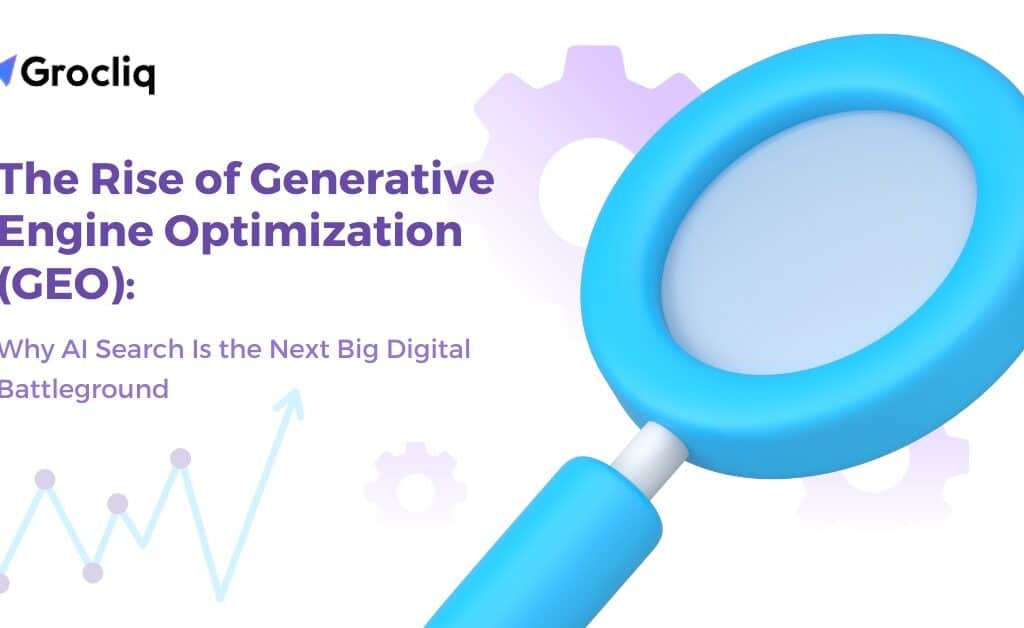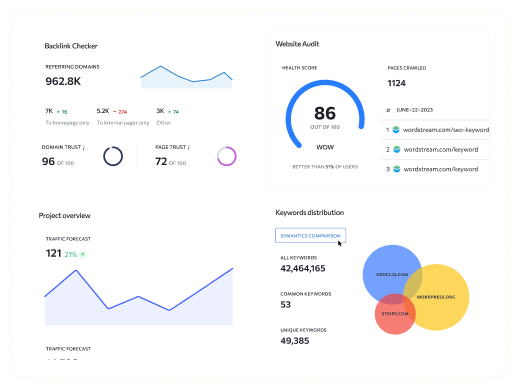Search Engine Optimization (SEO) and Paid Search (also known as Pay-Per-Click or PPC) are two powerful digital marketing strategies that can significantly enhance your online visibility and drive traffic to your website. While they operate differently, integrating SEO and Paid Search can yield remarkable results, offering a synergy that boosts your overall marketing efforts. Here are six key benefits of combining SEO and Paid Search:
- Maximised Visibility: By leveraging both SEO and Paid Search, you increase the chances of your website appearing in search engine results pages (SERPs). While SEO focuses on improving organic rankings, Paid Search ensures immediate visibility through paid ads. Together, they cover a broader spectrum of the search landscape, ensuring your brand is visible to users at various stages of their search journey.
- Comprehensive Keyword Coverage: SEO and Paid Search rely heavily on keywords to target specific audience segments. Integrating both strategies allows you to identify high-performing keywords through Paid Search campaigns and optimise your organic content accordingly. This comprehensive approach ensures that you’re effectively targeting relevant keywords across both organic and paid channels, maximizing your reach and engagement potential.
- Improved Click-Through Rates (CTR): Studies have shown that SERPs featuring both organic listings and paid ads tend to have higher click-through rates than those with either one alone. By appearing in both organic and paid results for relevant searches, you increase the likelihood of users clicking through to your website. This dual presence reinforces your brand’s credibility and authority, encouraging users to engage with your content.
- Enhanced Performance Insights: Integrating SEO and Paid Search allows for more comprehensive data analysis and performance tracking. You gain valuable insights into consumer behaviour and preferences by monitoring metrics such as keyword performance, click-through rates, and conversion rates across both channels. These insights can inform future optimization strategies, enabling you to refine your campaigns for better results over time.
- Optimized Budget Allocation: While organic traffic generated through SEO is cost-effective in the long run, Paid Search offers immediate visibility but requires a budget. By combining both strategies, you can optimize your budget allocation based on performance data and business objectives. For example, you can allocate more budget to Paid Search for short-term promotional campaigns while investing in long-term SEO efforts to maintain organic visibility over time.
- Synergistic Effects on Conversions: Integrating SEO and Paid Search can have a synergistic effect on conversions by reinforcing your brand presence throughout the user’s search journey. A user may first encounter your brand through a paid ad and then conduct further research through organic search results before making a purchase or conversion. By maintaining a consistent presence across both channels, you increase the likelihood of converting leads into customers.
In conclusion, integrating SEO and Paid Search can unlock numerous benefits for your digital marketing strategy, ranging from increased visibility and keyword coverage to enhanced performance insights and optimized budget allocation. By leveraging the strengths of both strategies in tandem, you can create a cohesive marketing approach that drives meaningful results for your business.
FAQs (Frequently Asked Questions)
Q1. Is SEO or Paid Search more effective on its own?
Both SEO and Paid Search have their strengths and limitations. While SEO provides sustainable long-term visibility and credibility, Paid Search offers immediate visibility and control over ad placement. Integrating both strategies allows you to maximise the benefits of each and achieve greater overall effectiveness.
Q2. How can I determine the right balance between SEO and Paid Search for my business?
Finding the right balance between SEO and Paid Search depends on your business goals, target audience, and budget. Conducting thorough keyword research, analyzing competitor strategies, and monitoring performance metrics can help you identify the optimal mix of organic and paid tactics to achieve your objectives.
Q3. Do I need to hire separate teams for SEO and Paid Search integration?
While having specialized teams for SEO and Paid Search can offer expertise in each area, collaboration between the two teams is essential for successful integration. Cross-functional collaboration ensures alignment of strategies, sharing of insights, and coordinated efforts to maximize results across both channels.
Q4. How long does it take to see results from integrating SEO and Paid Search?
The timeline for seeing results from integrating SEO and Paid Search can vary depending on factors such as competition, industry, and the effectiveness of your strategies. While Paid Search can yield immediate results, SEO typically requires a longer timeframe to achieve significant organic visibility. Consistent monitoring and optimisation are key to accelerating results over time.
Q5. What are some common pitfalls to avoid when integrating SEO and Paid Search?
Some common pitfalls to avoid include keyword cannibalization (competing with yourself for the same keywords in organic and paid campaigns), neglecting organic optimization in favor of paid tactics, and failing to track and analyze performance metrics across both channels. It’s important to take a holistic approach and ensure alignment between SEO and Paid Search efforts for optimal results.





